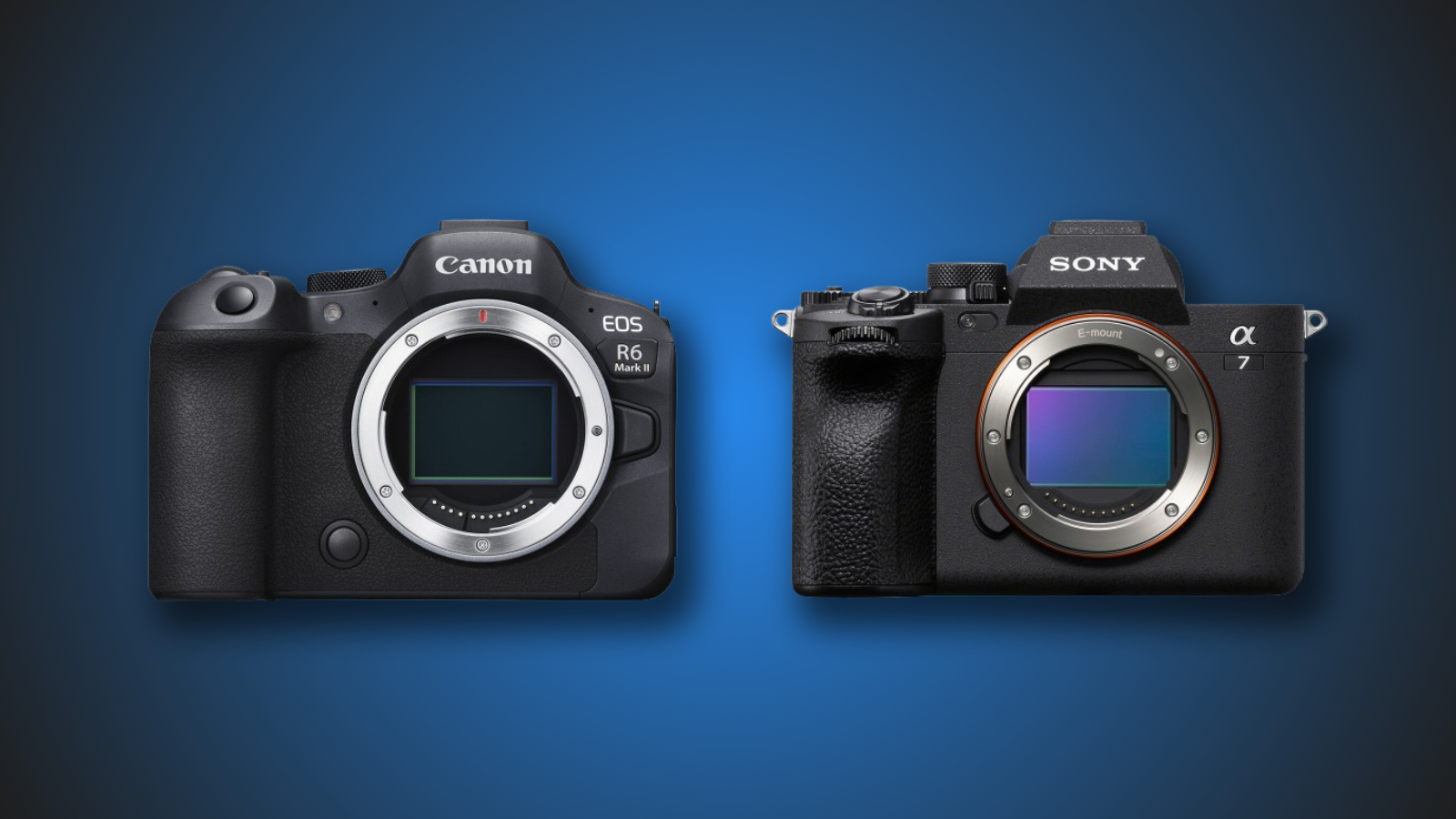
As part of today’s ‘Imaging Unleashed’ virtual press conference, Canon has announced the Canon C300 Mark III, its latest Super 35mm cinema camera with a new Dual Gain Output (DGO) sensor and a modular design based on the same frame as Canon’s C500 Mark II.
If the outside of the Canon C300 Mark III looks both different and familiar, there’s a reason why: it uses the exact same body as Canon’s C500 Mark II camera. This design not only allows for more modularity within the C300 line but also means all accessories designed for the C500 Mark II will also work with the new C300 Mark III. Canon has also added anamorphic desqueeze support for 2x and 1. 3x lenses, as well as a user-swappable lens mount accessory that makes it easy to swap out lens mounts without the need to take it to a service center (it comes with an EF mount, but can also use EF cinema lock and PL mount lenses with the optional kits).
An illustration from Canon's virtual press conference that shows how each pixel on the sensor is split into two different diodes.
At the heart of the C300 Mark III is a new 4K Super 35mm DGO sensor powered by Canon’s new DIGIC DV7 video imaging processor. The new DGO system allows the sensor to capture up to 16 stops of dynamic range by splitting each pixel into two diodes that simultaneously capture two images at different gain levels. Helpfully, this is a completely different 'dual gain' concept to the one used by most other camera makers, in which all the sensor's pixels use one of two gain modes.
These two diodes within each pixel are also used to power the phase-detection of Canon’s Dual Pixel CMOS AF, which will now work at up to 120 frames per second (fps) with the new C300 Mark III.
Also new is support for Canon's Cinema RAW Light format, which Canon first announced alongside the EOS C200. The Cinema RAW Light format is a more lightweight version of its Cinema RAW format that captures Raw video data in files as little as 1/5th the size of a standard Cinema RAW file. Canon Europe has a great breakdown of its Cinema RAW Light capture format.
The sensor is capable of recording 4K DCI/UHD video at up to 120fps, as well as 2K at up to 180fps with 4:2:2 10-bit XF-AVC recording. Canon has also included Canon Log 2 and Log 3 support, 12G-SDI output over a single BNC cable, timecode I/O, genlock input BNCs as well as User LUT support for applying custom LUTS in-camera and two CFexpress card slots.
Without the included grip, the modular frame measures in at 183mm (7. 2”) for both width and height and 149mm (5. 9”) deep with a weight of roughly 1750g (3. 9lbs).
$(document). ready(function() { SampleGalleryV2({"containerId":"embeddedSampleGallery_2469912995","galleryId":"2469912995","isEmbeddedWidget":true,"selectedImageIndex":0,"isMobile":false}) });
Canon says the camera will be ‘available later in 2020’ with an estimated retail price of $10. 999. The camera will come with 13 accessories, including a 4. 3” LCD monitor, the GR-V1 grip, a BP-A60 battery, a battery charger and more. It is currently available to pre-order on Adorama and B&H.
. dpreview.com2020-4-20 21:34





